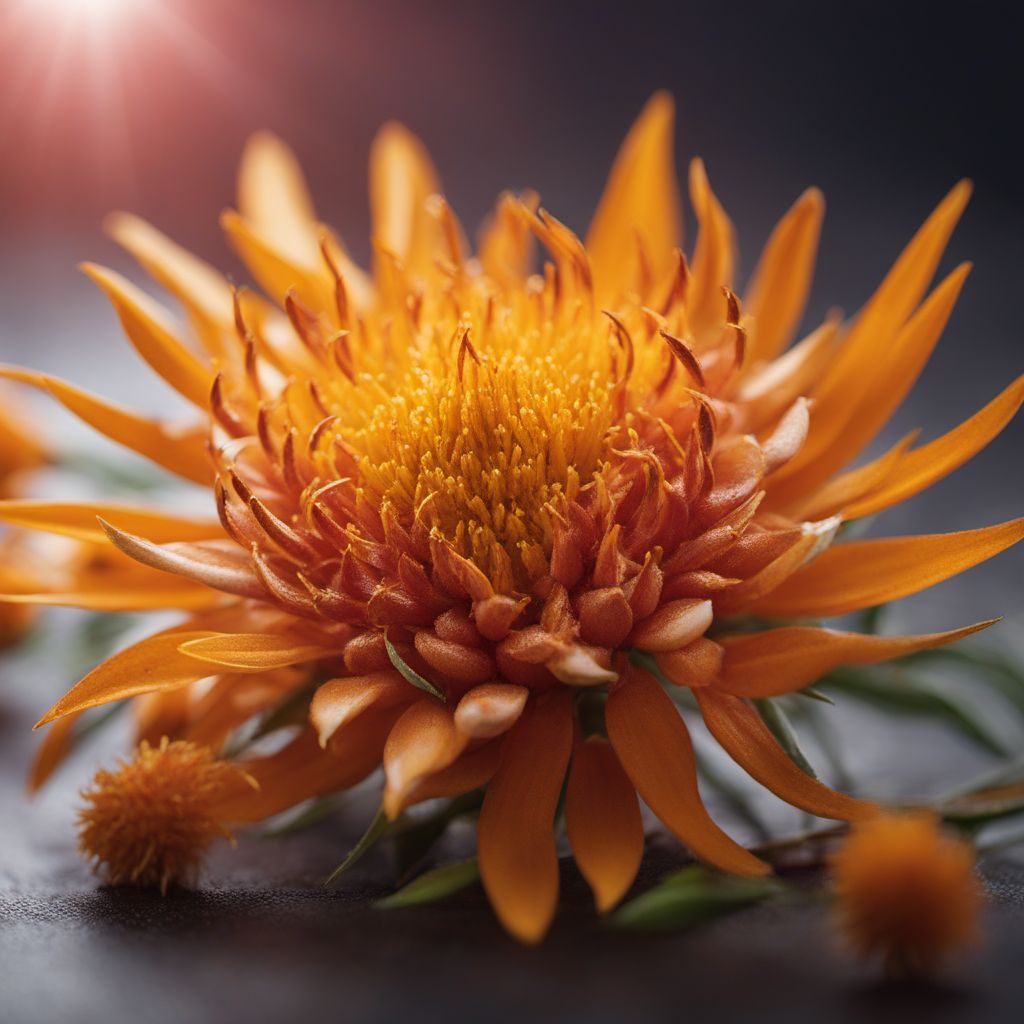
Ingredient
Safflower infusion flowers
The Golden Elixir: Unveiling the Beauty of Safflower Infusion Flowers
Safflower infusion flowers, scientifically known as Carthamus tinctorius, are small, thistle-like flowers that bloom in shades of yellow, orange, and red. These flowers possess a delicate and subtle fragrance, with petals that are soft and velvety to the touch. When infused, they release a beautiful golden color, making them a popular choice for adding visual appeal to various dishes and beverages. The flowers are often dried and used in teas, tisanes, and herbal remedies, imparting a mild earthy flavor and a hint of sweetness.
Origins and history
Safflower infusion flowers have a rich history that dates back to ancient Egypt and Greece. They were highly valued for their vibrant color and were used to dye textiles and create pigments for paintings. Safflower cultivation spread to other parts of the world, including China and India, where it became an integral part of traditional medicine and cuisine. Today, safflower infusion flowers are cultivated in various regions, including the Mediterranean, Asia, and North America.
Nutritional information
Safflower infusion flowers are low in calories and fat. They contain beneficial compounds such as antioxidants and flavonoids, which contribute to their potential health benefits.
Allergens
There are no known allergens associated with safflower infusion flowers.
How to select
When selecting safflower infusion flowers, look for vibrant and intact petals. Avoid flowers that appear wilted or discolored. Opt for organic or pesticide-free options whenever possible to ensure the highest quality.
Storage recommendations
To maintain the freshness of safflower infusion flowers, store them in an airtight container in a cool, dark place. Avoid exposure to moisture or direct sunlight, as this can cause the flowers to lose their color and flavor.
How to produce
Safflower infusion flowers can be grown by amateur gardeners in well-drained soil and full sunlight. They require moderate watering and can be harvested when the flowers are fully bloomed.
Preparation tips
To prepare safflower infusion flowers, steep a handful of dried flowers in hot water for 5-10 minutes to create a fragrant and visually appealing infusion. The infusion can be enjoyed on its own or used as a base for teas, cocktails, or even as a natural dye for culinary creations. Additionally, safflower infusion flowers can be used as a garnish to add a pop of color to salads, desserts, and baked goods.
Culinary uses
Safflower infusion flowers are commonly used in herbal teas, tisanes, and infusions. They can also be used as a natural dye for food and beverages, adding a vibrant golden hue. Additionally, the flowers can be used as a decorative garnish in salads, desserts, and cocktails.
Availability
Safflower infusion flowers are commonly available in regions where safflower is cultivated, including the Mediterranean, Asia, and North America.
More ingredients from this category » Browse all

Dyer’s broom infusion flowers
The Vibrant World of Dyer's Broom Infusion Flowers
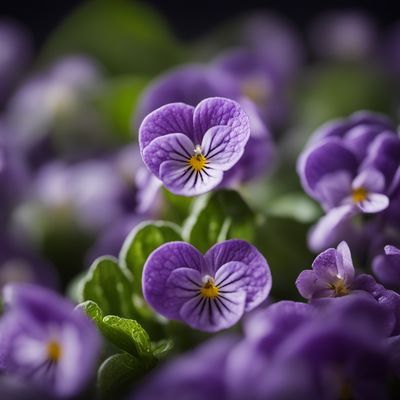
Sweet violet infusion flowers
The Fragrant Elixir: Sweet Violet Infusion Flowers
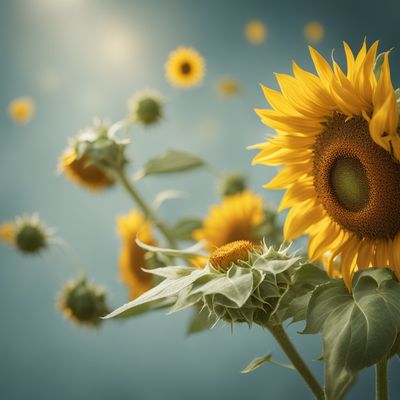
Sunflower infusion flowers
The Floral Elixir

Cornflower infusion flowers
The Vibrant Blue Elixir

Bitter orange infusion flowers
The Fragrant Elixir: Unveiling the Secrets of Bitter Orange Infusion Flowers
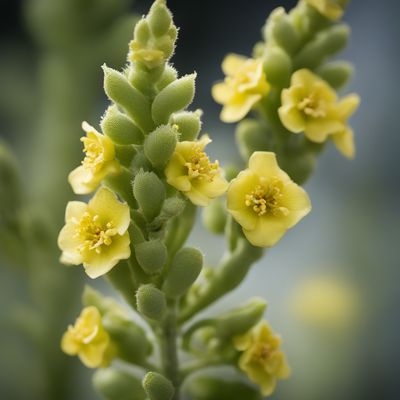
Mullein infusion flowers
"Nature's Soothing Elixir: Mullein Infusion Flowers"

Hollyhock infusion flowers
"Nature's Elixir: Unveiling the Beauty and Benefits of Hollyhock Infusion Flowers"
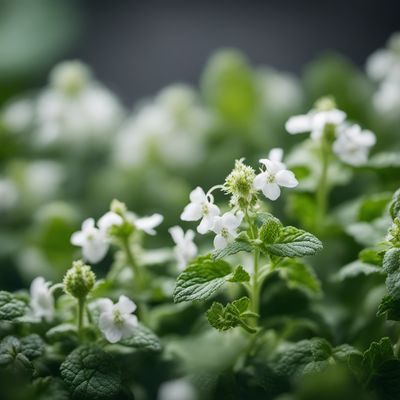
White deadnettle infusion flowers
Delicate Floral Elixir

Sacred lotus infusion flowers
The Divine Beauty of Sacred Lotus Infusion Flowers

Heather infusion flowers
The Floral Elixir

Cowslip infusion flowers
The Delicate Elixir of Cowslip
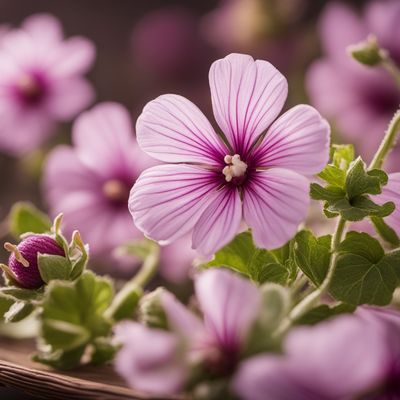
Mallow infusion flowers
The Delicate Elegance: Discovering the Beauty of Mallow Infusion Flowers